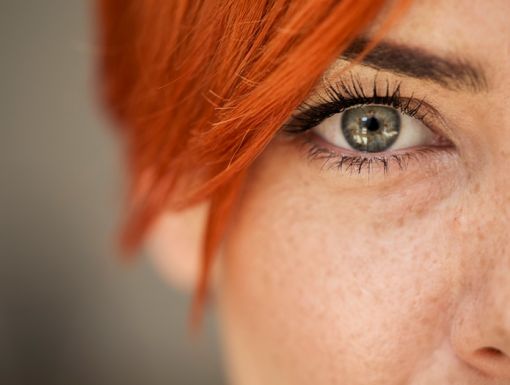
Don’t Let Vision Problems Hamper Your Preschooler
Almost 175,000 American preschoolers struggle with untreated, common, vision problems, a new report warns.
Need a vision checkup?
Schedule an appointment with Dr. Brown today!
The report also states that the number of preschoolers with vision problems is projected to increase over the next few years.
The good news is that most of the vision problems affecting preschoolers are treatable or able to be corrected with vision care from a pediatric optometrist or ophthalmologist.
Common Vision Problems in Preschool-Aged Children
1. Blurred vision due to "refractive error": This means that a child has either near-sightedness (myopia), far-sightedness (hyperopia), or astigmatism. These occur when the shape of the eye interferes with the proper bending (or refraction) of incoming light.
This condition can be diagnosed with an eye exam at your optometrist’s office. If diagnosed, eye glasses to correct the condition will be prescribed.
2. Crossed eyes (strabismus): This is when the eyes don’t work together as a team. One eye may move independently of the other. This will decrease binocular vision and interfere with depth perception, hand-eye coordination, reading, and shifting eyes from far away (ex: white board) to up close (ex: notebook).
This condition can be diagnosed with a comprehensive eye exam. Treatment may include vision therapy, glasses, or surgery.
3. Lazy eye (amblyopia): This occurs when one eye does not see as well as the other. This is caused by strabismus, unequal refractive error, or something blocking light into an eye (ex: droopy eyelid or ptosis).
This condition can often go undetected, as sometimes there are no obvious symptoms. Amblyopia can be treated with vision therapy, eye drops, or eye patch.
4. Lack of health or vision insurance may also play a role in access to children’s eye and vision care. Insurance coverage for eye exams can be confusing.
Get examples of what insurance covers and how the plans generally work. Also, find answers, here, to frequently asked questions about vision insurance coverage and plans.
What Parents Can Do to Help their Child’s Vision
Understand the importance of eye and vision care for your child: It is important for all parents to know that eye and vision health is an essential part of a child’s overall health, well-being, academic and athletic success. Learn more about children’s eye and vision health from the American Optometric Association.
Schedule your child for a comprehensive eye examination with a pediatric optometrist at age one: It is recommended that all children receive an eye exam as part of their regular health check-ups. The American Optometric Association advises that every child's first eye exam be at age one, again at age three, and then every 1-2 years after that.
Children of nearsighted parents, however, should receive an eye exam every year after age 5, as there are new treatments available for slowing down the progression of nearsightedness if diagnosed early enough.



